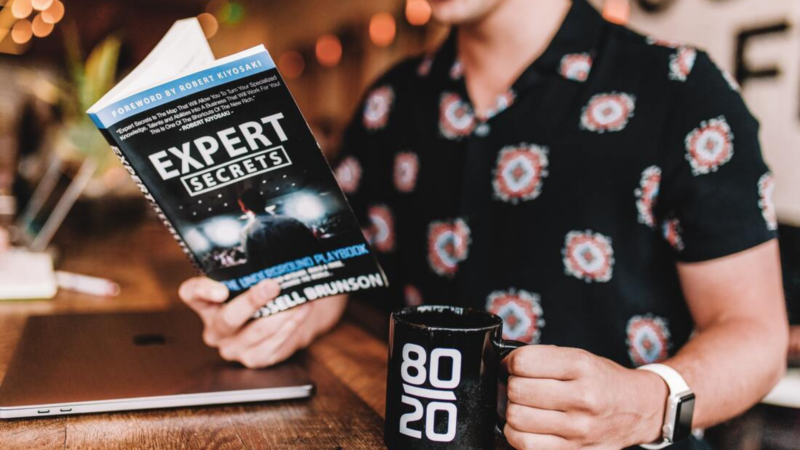So many skills can be taught, but the one tour guide skill that comes from being on the job is the ability to ‘just figure it out’.
I mention often that I think most skills can be taught– even ‘muscle memory’ skills.
But ‘just figuring it out’ is one tour guide skill that takes some experience to develop.
Unexpected traffic, a food stop that is randomly closed, a guest that shows up for a walking tour unable to walk long distances (all things that have happened to me)…
While these challenges are more common than you’d think, the skill doesn’t come from solving a specific problem and now knowing the solution.
It comes from solving unanticipated problems on a regular basis.
In this article, I’ll offer some tips on how to develop this important tour guide skill in order to quickly up-level from newbie to experienced guide.

Share this article
How tour guides can improve their skills to “Just figure it out”.
1. Have backups (lots of them).
The best tour guides are usually able to hide when something goes wrong.
And something often goes wrong.
The best way to prepare for the unexpected shop closure, or parade, or barista who has no idea how the tour tasting works is to have tons of back-up plans.
Try to have a list of back-ups for each stop on your tour (keeping in mind your tour’s inclusions that are listed on the website).
If the tour offers a ‘coffee’ have a few backup coffee shops that are convenient to your tour route.
Have several options for places where they can sit and rest.
Make sure you know the information the vendor gives to your group if they are too busy to talk one day. Have back-up stories, and trivia games ready for when you’re stuck in traffic or need to stall for time.
And, most importantly, have back-up bathroom options if one proves inaccessible.
In an ideal world, your guest will never know that these are back-ups but if it’s unavoidable, I always tell guides, “Make sure you sell the heck out of Plan B”;
“Oh no, it looks like the coffee shop has closed early today for some reason- that’s never happened before! But you know what, my favorite coffee shop is on our way to the next step and, honestly I never get to bring people there so, you know what, I’m going to take you there instead! Please don’t mention this in your reviews, later on, I’m normally not able to take guests there and they might get jealous!”
Related articles:
2. Know how to get your rhythm back.
Each individual story has its own arc and flow which makes it tough to continue when that’s interrupted.
But you can practice jumping back into your story.
For example, have a question you can ask the group that will lead back to where you left off, or skip ahead to the next exciting part of the story to grab their attention back.
Once you give a tour enough times, you might even be able to predict the types of distractions that could pop up (cute dogs, an amazing view, etc) and when, and prepare a specific segue back into your story.
3. Practice letting it go.
Sometimes, there’s just no going back.
Maybe you always take a specific side street because there’s an amazing photo opportunity but today the street is closed.
Or maybe you were about to launch into an amazing story about a building you pass, but your group got caught up in a really intense side conversation and you can tell they’re not going to let you interrupt.
In those cases, you just need to let some things go.
Obviously, nothing that’s integral to the story of the tour (or a tour inclusion), but you might just need to cut some of those fun facts or that favorite shop you like to point out.
Remember, if your guests don’t know what they are missing, they won’t miss it.
Guests’ expectations for a tour are incredibly low. So long as you’re aiming higher, your tour can still be exceptional even if you have to miss a few elements.
4. Perfect your “Everything is fine” face.
No matter what happens, so long as you remain calm and relaxed, your guests will often never realize that something went wrong.
And this is something you can easily practice.
Yoga and meditation are great tools for guides to be able to flip on ‘calm’ in the face of chaos and internal stress.
You can even practice something as simple as breathing in for 4 beats, hold, then breathing out for 5 beats.
I like to do this when I’m waiting for the metro. This way it becomes easy to slip into when you need it.
Should something crazy happen on your tour, for example, you can force yourself to breath which will slow your heart rate and make it easier to keep you “Everything is Fine” facial expression.


